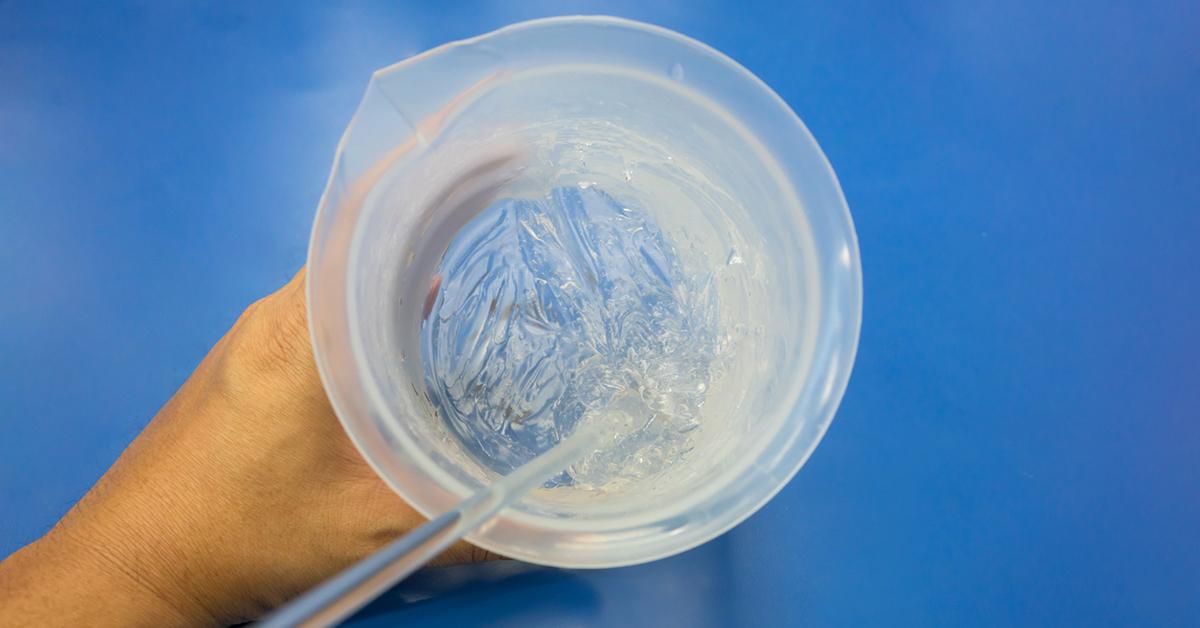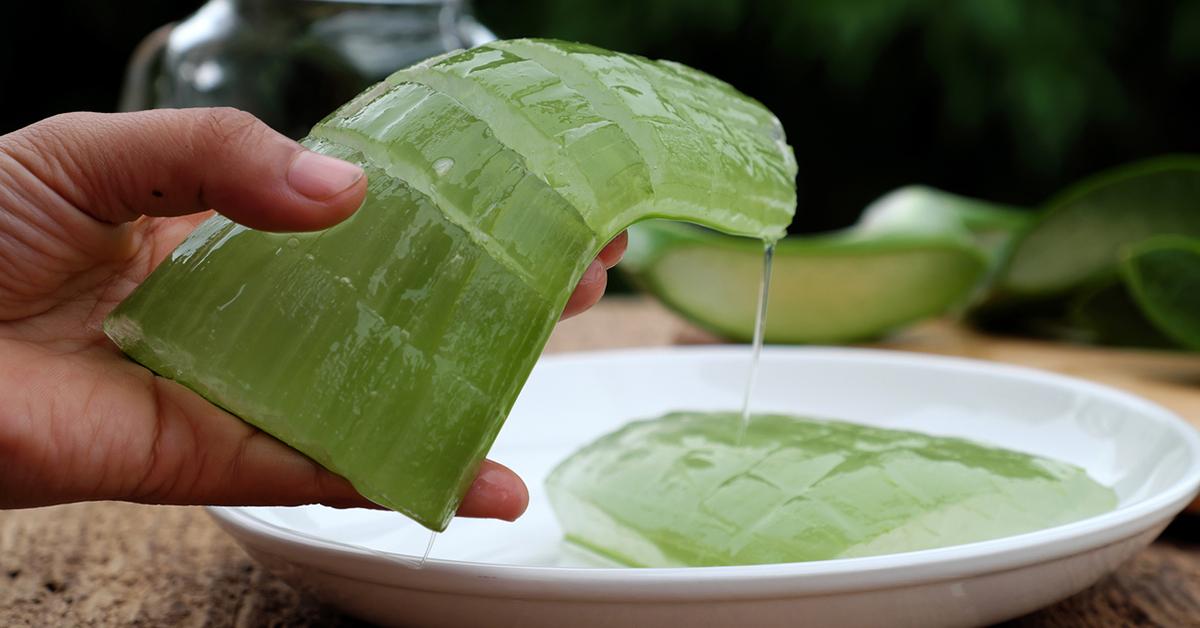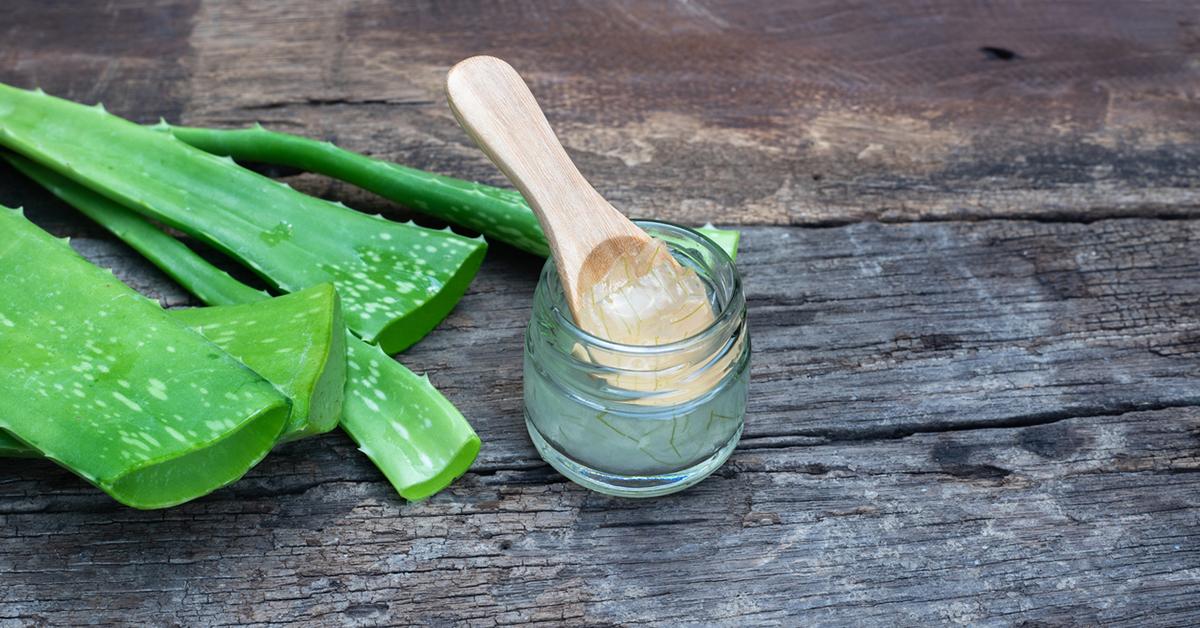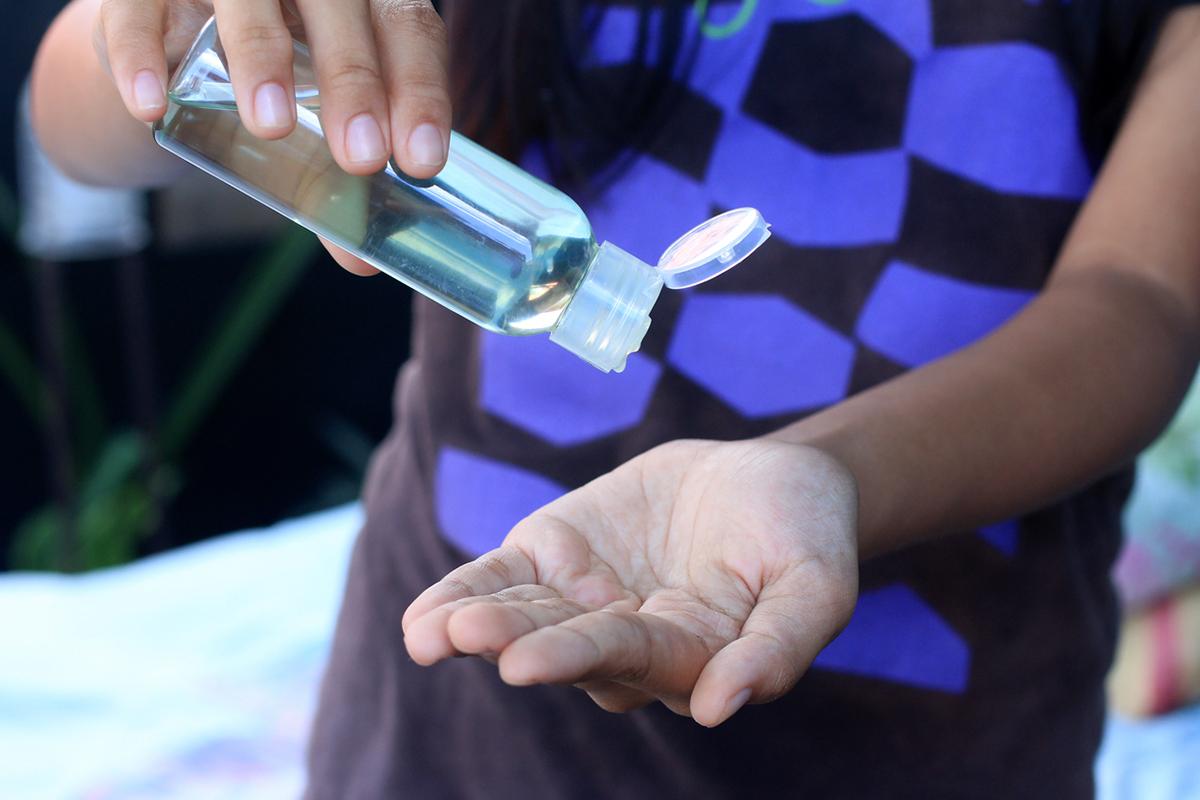How to Make Hand Sanitizer With Fresh Aloe Plant
In the house and ready to get crafty? Learn how to use one of the most popular houseplants — aloe vera — to make hand sanitizer.
Updated April 7 2020, 1:39 p.m. ET

Being a plant lady has never paid off more than right now. As do-it-yourself hand sanitizer essentials went flying off the shelves amidst the coronavirus outbreak, many people are struggling to locate at-home hand sanitizer ingredients — which typically include Aloe Vera gel, 99 percent Isopropyl alcohol, and (sometimes) essential oils. But if you have an Aloe Vera plant at home, you’re already part of the way there!
Now, there are a few ways to make an effective hand sanitizer at home. One way is with Isopropyl alcohol, but you will want to make sure that, at the very least, the Isopropyl is 60 percent or above. Isopropyl alcohol with an alcohol content of anywhere from 90 to 99 percent will likely be most efficient in killing COVID-19 and other germs; however, if you can’t get your hands on that (no pun intended), 99 percent rubbing alcohol will also work. If you don’t have access to Isopropyl alcohol, however, there is another household option that could work: vodka.
Of course, vodka may not be as efficient in killing germs as Isopropyl but if it’s all you got, it’s certainly worth a shot. A high-proof grain-based alcohol, like Everclear for example, which has anywhere from 75 to 95 percent, is your best bet. However, when vodka is diluted with Aloe Vera gel, the alcohol content decreases a bit, probably to about 60 percent or lower. That’s why it is important to use the highest proof alcohol you have available.
Once you have your disinfectant agent, the next important ingredient is the Aloe Vera. If you’re working with Aloe Vera gel straight from a plant, here’s what you need to know.
Are hand sanitizers effective?

Hand sanitizers are effective and most importantly, then can be extremely helpful and efficient in curbing the COVID-19 pandemic. Coupling the use of hand sanitizer somewhat regularly with handwashing for 20 seconds is thought to help #FlattenTheCurve. (According to the experts at the Center of Disease Control and Prevention (CDC) and the World Health Organization (WHO), you should wash your hands if you have access to soap and water; only use hand sanitizer if you’re on the go or don’t have access for any other reason.)
To ensure your at-home hand sanitizer is its most effective, it’s important to use a disinfectant agent (high-proof vodka or Isopropyl alcohol) with a very high percentage, as mentioned above. The higher the alcohol content, the better chance your sanitizer has of fighting off COVID-19 (and of course, other unwanted germs). Since the CDC recommends using hand sanitizer with a total of 60 percent alcohol when it’s said and done, a ¾ cup of 190 proof vodka — 95 percent alcohol — is the best-case scenario.
After adding the other ingredients, a ¾ cup of 190 proof vodka will leave you with 64 percent estimated alcohol, according to Willamette Transplant. If you use an 80-proof vodka, which has 40 percent alcohol, you will end up with only 30 percent alcohol in your finished product.
Ingredients for DIY hand sanitizer:

To make DIY hand sanitizer, you will need Aloe Vera gel, Isopropyl alcohol (or high-proof vodka), and the essential oil of your choice. If you are working with a live Aloe Vera plant or a single cut of Aloe Vera, you’ll need to squeeze out about ¼ cup of gel.
For ¼ cup of gel, you will also need ¾ cup of your grain-based alcohol and about 10-15 drops of essential oil. (Lavender, peppermint, and eucalyptus essential oils are some of our personal favorites for sanitizer.) Make sure you have a spray or squeeze bottle to put the sanitizer in. This recipe will yield about 1 cup of sanitizer.
How to cut your Aloe Vera plant:

Working with a plant or a cut of Aloe Vera from the grocery store? No problem. Make sure to cut it about 2 to 3 inches from the base. Cut the top, too, until the new top of your cut leaf is about 1-inch wide. Down the spine of the leaf, slice the length and peel it off from the other side. Inside, you’ll find the Aloe Vera gel. Peel back the leaf and slice the rest of that side until you can see all of the gel inside. Now, use a spoon to remove the gel.
How to prepare your Aloe Vera gel for DIY hand sanitizer:

Now that your Aloe Vera plant is cut properly, you will have to prepare it for the sanitizer. Since you’re not dealing with already liquid gel, we recommend running the gel of the Aloe Vera through a blender to ensure that it’s as liquid-y as possible. Blending the plant’s gel for about 30 seconds will turn the Aloe Vera gel into a foam consistency. Before moving onto the next step, make sure there are no more chunks left in the gel.
How to make DIY hand sanitizer with an Aloe Vera plant:

Once your Aloe Vera gel has been blended for up to 30 seconds, measure out ¼ cup and add it to the ¾ cup of Isopropyl alcohol or grain-based alcohol. Blend it again for another 15 seconds to make sure it’s mixed well. Add 10 to 15 drops of your favorite essential oil in a spray or squeeze bottle. This DIY hand sanitizer should be good for up to three weeks.